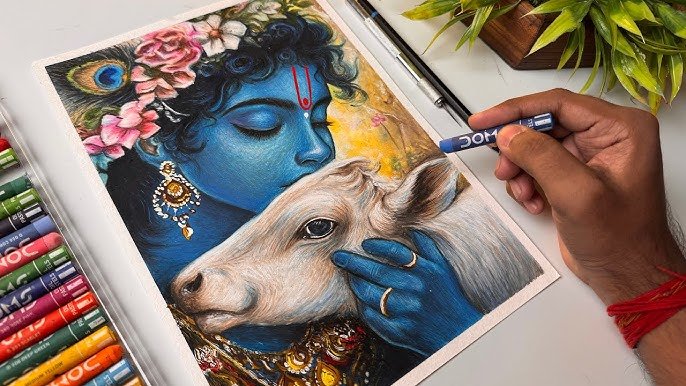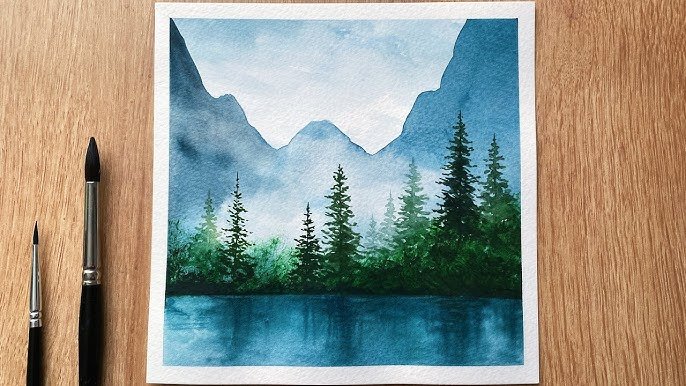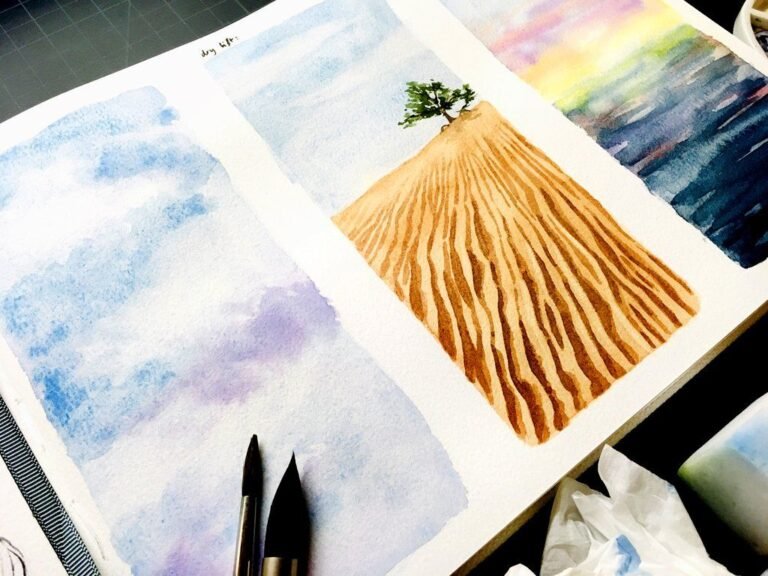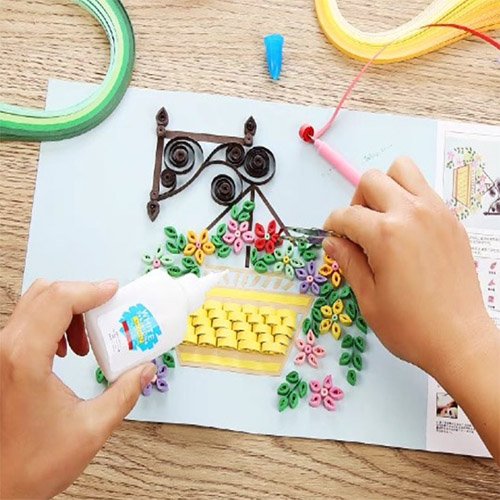How to Draw Anything: practices to improve your drawing skills
How to draw anything? Pick up your sketchbook and pencil, and let’s get started. 1. Train your eyes to notice the overall shape of things first In order for you to learn how to draw anything, you need to train your eyes to trace the overall shape of the objects you are willing to draw. Everything in nature is just a bunch of shapes put together. Once you have trained your eyes to extract the overall shape of an object, it will be very easy for you to draw anything you see. 2. Practice drawing shapes This will be a great warm-up exercise and a very efficient way to get used to sketching the objects you are willing to draw. My only advice here would be to do the practice at a moderate pace. Don’t go so slow that you overthink the shapes you’re drawing, and don’t go so fast that the shapes are sloppy or whatever. I personally like to practice oval and circular shapes, as well as 3D boxes, because I feel like these shapes are more common in everyday items. 3. Pick your desired object to draw and start tracing the basic shapes of it Whatever you are willing to draw, print a picture of it, or place a piece of paper on top of your screen and try finding the basic shapes in your object. 4. Measurements and proportions matter more than details The biggest mistake that beginners make is to get caught up in details when the proportions of their subjects are absolutely off. As a starter, you can trace your reference photo for the most accuracy and work your way up from there. 5. Value is the trickiest part about drawing and painting A value is how dark or light an object is. When looking at a picture, we can usually guess the light source only from the shadows on the different objects. The closer an object is to the light source, the lighter the value will be, and vice versa. 6. Experimenting is your best friend Experimenting with different materials, techniques, colors, etc. is such a shortcut to finding your area of mastery, what you enjoy the most, and what works best for you. Make sure you start with pencils and work your way up to colored pencils, pastels, acrylics, oil paint, and so on. The more you experiment, the more you figure out where your creative energy feels most at Home. Conclusion These are some of the tips I personally follow to create realistic drawings, either from photo references, from real life, or from my imagination. Leave me your concerns and questions in the comments section below for further insights on how to draw anything.




